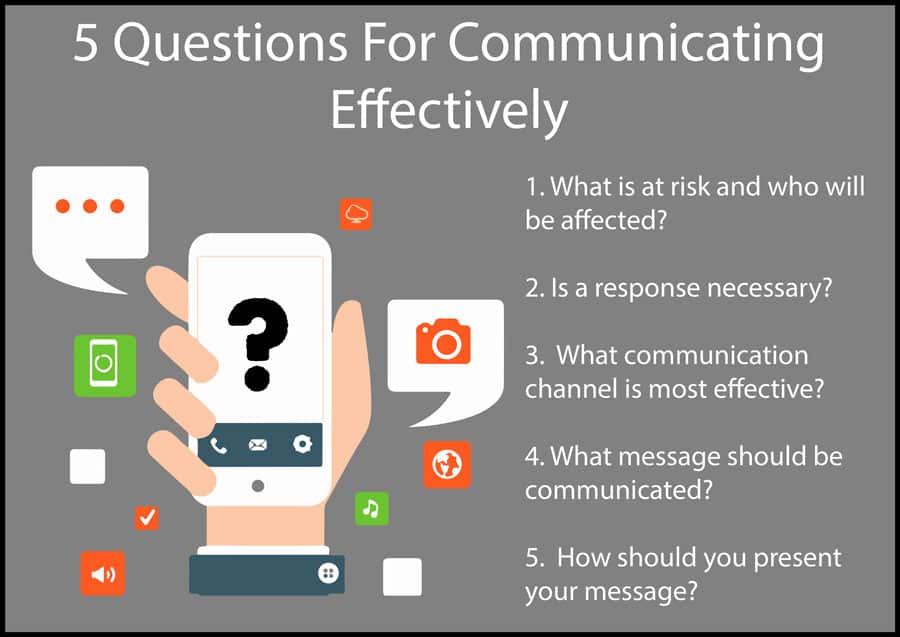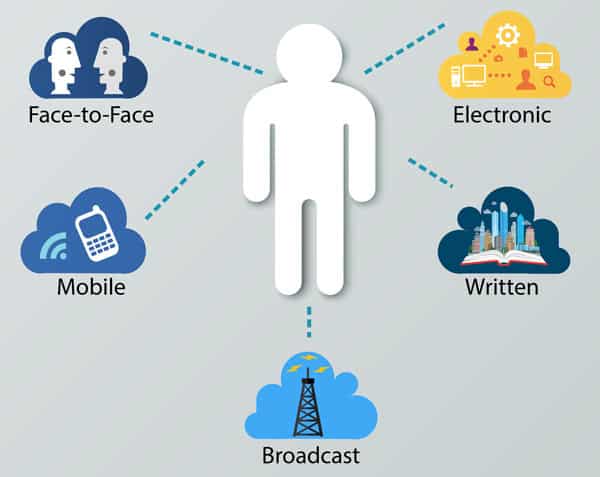Frequently, business communication is broadcasted to an audience as opposed to an individual. Sometimes these groups are very homogenous because they share common knowledge, experience and interests. Other times, these groups can be very diverse and have wide-ranging informational requirements.

communicate effectively.
When developing messages for large audiences, it’s good practice to interview members of your intended audience to identify strengths, weaknesses and opportunities to improve your message and maximize its potential. Taking the time to get to know your audience assists writers in getting the audience actively involved in the development of the message, develop awareness of the political and social relationships that exist, and identify areas of potential conflict that can be avoided. By involving the audience in the planning process, writers are better equipped to develop content that appeals to a common ground an shorten the development and approval time required to finalize a message.
Invariably, there will be times when it is impossible to satisfy the diverse needs of your entire audience. When this is the case, try to focus on the needs of those who will be most important in making your initiative a success.
When you write for diverse audiences, focus on the following strategies:
Content delivery and data presentation
- Develop an executive summary, introduction or synopsis for executives or other members of the audience who will only read the highlights.
- Include both positive and negative aspects of your proposal to prevent the appearance of biasness.
- Consider putting detailed information including tables, charts, and other reference material in the appendix section.
Organization
- Organize your message using titles, headings, subheadings and bullet points wherever appropriate.
- Create a table of contents.
- Organize your message in manner than makes sense to the reader.
Formality
- Refrain from using personal pronouns (he, she, you, it, etc.). These can have different meaning to different groups of people and cause confusion.
- For communication geared towards both internal and external audience, it is generally better to use more formal language that you would for an internal document.
- Documents intended for foreign audiences should always be translated by a professional translation services company and be written in a very formal style.
Technical
- Identify the level of technical knowledge the reader will need to understand your message and communicate it in the body of the message.
- Separate background and supplemental explanatory informational into useful appendixes that can easily be referenced by readers.
- Develop a glossary of terminology if you think it will be useful.


